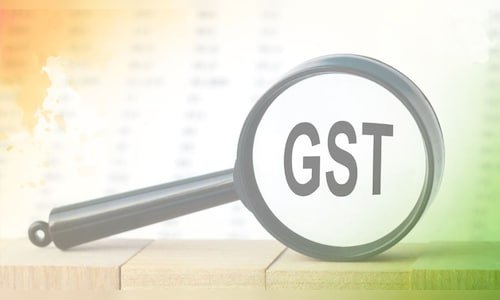The proposal was announced during his Independence Day address, with the Prime Minister urging state governments to cooperate and complete the reforms ahead of Diwali. The Group of Ministers on GST rate rationalisation will meet on August 21.
According to sources, the Centre may propose lowering GST on two-wheelers below 350cc and small cars from 28% to 18%. Currently, vehicles are taxed under multiple slabs combining GST and cess, based on engine size, length, and ground clearance.
In an interview with CNBC-TV18, industry leaders say the move could give a boost to demand in the auto sector. CS Vigneshwar, President of the Federation of Automobile Dealers Associations (FADA), said, “First of all, this is great news. It’s fantastic. In the medium and long term, we’ve been asking for the rationalisation of GST for quite some time, and this is really going to help in terms of reducing the expenditure a customer has to go through for the ownership of a car. It’s going to be fantastic for car ownership or two-wheeler ownership.”
“We are looking forward to this and how it’s currently going to help us produce more cars in India. It’s going to help the component manufacturers, OEMs, and, of course, us as the dealers, by making sure that the customer is serviced at much lower rates than what it is right now,” Vigneshwar added.
He added that clarity on implementation will be key for customers planning festive season purchases. “We are looking for some clarity, and so are our customers. Perhaps we need to wait a couple of days to understand the implications and how this is going to be implemented. We understand that the Council of GST Ministers will be meeting next month. However, we would require clarity much before that so that we and our customers can take advantage of buying vehicles during the festival season.”
On festive demand, Vigneshwar noted, “If this becomes a reality, it’s going to be a bumper Diwali. More people will want to get into a car or purchase a bike. At the end of the day, taxes are quite high, and a reduction would be welcomed because it helps us sell vehicles at more affordable costs and schemes for customers.”
Vinnie Mehta, Director General of the Automotive Component Manufacturers Association (ACMA), said the component sector would also benefit. “Rates coming down would make us produce more in India. When GST came in 2017, 40% auto components were in 18% bracket. Today, almost 60% of auto components are at 18%, but a significant portion, 40%, remains at 28%. Lower GST for auto components industry, an intermediate sector, would be good news.”
He added that lower rates would also help reduce grey market activity. “The aftermarket is plagued with a lot of spurious and grey operations. The components at the 28% rate are an issue because there is a lot of grey activity. So if the rates come down, this is really good news. We are going to make more in India now.”
Mehta also flagged the issue of inverted duty structures. “My only request would be to ensure no inverted tariff structures. Currently, electric vehicles are at 5% and their components at 18%. Though there is a mechanism to offset that, it’s a bit cumbersome. We really need a simpler process.”
Jitin Makkar, Senior VP & Group Head – Corporate Ratings at ICRA, said the impact on entry-level vehicles must be seen in context. “The entry segments bearing the brunt of slowdown of consumer demand. Rate cut needs to be looked at in terms of overall proportion of cars shifting to larger sizes vehicles. Consumer demand moving up the value chain. Cost difference between small and large cars can be around 2x.”
He explained that while prices of small cars and two-wheelers could drop with a rate cut, consumer preference has been shifting toward bigger vehicles. “Once a rate cut is announced and implemented, consumers at the margin who were earlier unable to buy an entry-level car or bike are expected to come back to the market. Therefore, it should be positive for entry-level bikes and car segments.”
